by Nina Lykke
During the summer of 2021, Camila Marambio (founder of Ensayos) stayed in Denmark for some time. We went together to Lille Vildmose – a 7600 ha protected peatland in the North Eastern part of Denmark. Lille Vildmose has for decades been protected, among others by the European Natura 2000 protected areas network. Since 2013, this peatland has also been designated as Ramsar Area, using climate as criteria for protection as part of the Nordic Baltic Wetlands initiative NorBalWet – in line with the international Convention on Wetlands, signed 1971 in the Iranian city of Ramsar.
We visited the peatbog together with the biologist Mette Risager, a Danish expert on peatlands. Mette has studied peatbogs for decades, and is the only Danish biologist, really specialized in peatbogs. Mette has participated passionately in ecopolitical debates on peatland conservation in Denmark, Europe and worldwide. She has contributed to several international reports on the issue (Barthelmes et al 2015; Risager et al 2015). We came to know about Mette through a You Tube film on the importance of peatland conservation (Naturstyrelsen 2015). When we contacted her, she generously offered to take us on a tour to Lille Vildmose to share some of her very comprehensive knowledge on peatbogs with us. Among others, she made it possible for us to go on an awe-inspiring walk with her through areas of the bog, which normally are closed to visitors. We learnt a lot from the day we spent with Mette in Lille Vildmose. Our conversation with her covered both science, politics, history, arts and spirituality of peatbogs. I will give a snapshot, and further recommend the You Tube film and the referenced reports, if you want to dig further (see the reference list).
A glimpse of the history of peatbogs in Denmark
The lands around the bays of the North Sea, now called Denmark, used to abound in peatlands. In the Ice Age10.000 years ago, the ice cap stopped in the middle of the Danish peninsula, Jutland. When the ice started to withdraw due to warmer climates a lot of meltwater rivers flooded the landscapes, giving rise to wetlands, eventually forming into peatlands. However, at least since the Iron Age, 1-2000 years ago, peat has been used in the area as fuel for heating of human living spaces, which already back then reduced the peatlands, though still only in moderate ways. During the most recent centuries of modern capitalist development, the situation has changed drastically, though. In certain periods of capitalist modernity, among others intensified during World War II, systematic peat digging for heating purposes has been taking place in Denmark. But even more destructive to the peatlands, major drainage operations have been undertaken during the 19th and 20th centuries with the purpose of securing large scale expansion of farmlands. Denmark is a small, flat country (43000 square kilometers without any mountains), and today one of the most intensively cultivated countries in the world. Only minute areas of socalled ”wild nature” (i.e. uncultivated areas) are left, and only very few of these (if any) bear some kind of likeness to what reasonably could be defined as ”pristine” areas, i.e. areas not terraformed through human intervention. Parts of the peatbog in Lille Vildmose represents such an area (even though drainage and farming activities in the surroundings have had an impact). Mette took us to this ”pristine” part of the bog.
Peatlands and spiritmattering
It was awe-inspiring to walk out into the bog, and experience how that which at a distance looks like a browngreenish, rather homogenous surface, changes drastically into a beautifully multicoloured and diverse flora, when you get close. As we walked further and further, Mette showed us a multitude of different plants, including several species of sphagnum moss that make up a key component of the bog. Sphagnum is an amazing plant with its capacity for immortality in terms of adding layer upon layer of living plant on top of already decomposing remains of earlier sphagnum plants. Mette shared her thoughts on the ecosystem diversity, and her in-depth knowledge of Lille Vildmose. She has walked in the bog for decades; she knows every detail, and holds a big admiration and fascination of the bog. She also told us about the spiritual feelings, which the bog inspires in her, who otherwise considers herself a non-religious person in a conventional sense:
”When I take people to bogs to try to tell them how fantastic bogs are … I am not a religious person, but I feel there is something religious about bogs because when you go to these huge areas without trees, you get this special light, and you stand out there, and you are in an area, which is uninfluenced by anything. It came by itself, and it will be able to grow forever, if people could leave it alone. And sphagnum is also an immortal plant, which is very fascinating, – you can take a plant and shred it, and it can form thousands of new plants, in theory every leave can make a new plant, but at least the branches can, so I think that it is a fantastic plant. So you go to these really untouched areas with the immortal plants and high to the sky, so for me bogs are fantastic…” (Interview with Mette Risager, July 2021).
For me, Mette’s description of her spiritual feelings resonates very much with the awe, which I oftentimes have experienced when encountering the non-human, deeply material vitality and sympoietic existence*) of the diatomaceous cliffs at the Danish island of Fur. These cliffs are made of algae, species diatoms, that fossilized 55 mio years ago. My lesbian lifepartner’s ashes are scattered outside of the cliffs, and I visit them often. Drawing on these earlier feelings of awe towards spiritmattering agency of matter, and empathizing with Mette’s words about her spiritual experience of the bog, I became strongly bodily aware of the non-human agencies, which surrounded us, while standing at a little lake in the middle of the bog, which Mette led us to. While standing there, we also discussed the Iron age people whose bodies have been found in bogs in several places in Denmark and other North Western European countries – among others the Grauballe Man, excavated in Denmark in 1952 (Asingh 2009). Due to the acidification of the bog, these bodies look as if they died yesterday and not 2000 years ago. According to archeologists, these ancestors considered the bogs as holy places. I think we could somehow understand why, when we stood together with Mette at the little lake in the middle of the ”pristine” part of Lille Vildmose.
Peatbog Conservation and Restoration
We also discussed ecopolitics with Mette. We found out that we shared the wish to make the role of peatlands in climate change regulation much more known. By contrast to the role of forests, of which there is a growing public understanding today, little is publicly known about peatlands, and the ways in which they bind big amounts of CO2. Draining of peatlands, which still goes on in many places, means high level release of CO2 to the atmosphere, while restoring of peatlands can help binding CO2. We would like this knowledge to be spread, and hopefully get an impact among others on the widespread, problematic consumption of sphagnum for gardening and houseplants.
We also discussed the sad fact that around 90% of the Danish peatbogs have already been lost due to drainage in previous centuries. However, Mette underlined that this nonetheless makes two efforts very important. To engage in conservation efforts to keep what is left, and to try to find ways to restore as much as possible, even though the process overall is to be considered as irreversible. Through her work as consultant, Mette has developed suggestions for experiments with peatland restoration methods. However, she told us that, working as a consultant is sometimes difficult, because the stakeholders that consult her, often adapt and simplify her suggestions in ways which end up making them non-effective. But she also had a piece of good news – the private foundation, Aage V Jensen’s Natural Fund, which owns the most pristine parts of Lille Vildmose, has hired her to carry out an experiment in restoration, which she shall lead and set the conditions for herself. She has high hopes for this.
We wish to warmly thank you, Mette for the tour and for generously sharing so much knowledge with us, and we also wish you all the best for your further efforts to contribute to the conservation and restoration of peatlands.
References
Asingh, Pauline (2009): Grauballe Man. Portrait of a Bog Body. Jutland Archeological Society Publications. Aarhus: Aarhus University Press.
Barthelmes, Alexandra, Couwenberg, John, Risager, Mette, Tegetmeyer, Cosima, and Josten, Hans (2015): Peatlands and Climate Change in a Ramsar context. A Nordic-Baltic Perspective. Copenhagen: Nordic Council of Ministers (TemaNord 2015: 44).
Haraway, Donna (2016): Staying with the Trouble: Making Kin in the Chthulucene, Durham, NC and London: Duke University Press.
Naturstyrelsen (2015): Peatlands – climate regulation and biodiversity. https://www.youtube.com/watch?v=ZcxZ9gvNfSU, accessed September 19, 2021.
Risager, M., Aaby, B. & Greve, M.H. (2015): Denmark. In: Joosten, H., Tanneberger F. & Moen, A. (eds): Mires and peatlands of Europe – Status, distribution, and nature conservation. Stuttgart: Schweizerbart Science Publishers.
Note
*) Sympoiesis is a notion, defined by feminist biologist Donna Haraway (2016), to be understood as every little biological component’s inherent ability to develop in synergy with all other small biological components which make up an ecosystem.
Nina Lykke is a Danish writer, poet and scholar, Professor Emerita of Gender Studies at Linköping University, Sweden.
Captions:
Ill – 1. Mette Risager
Ill – 2. Lille Vildmose – overview
Ill – 3. Lille Vildmose – close-up
Ill – 4. Lille Vildmose – close-up
Ill – 5. The Lake
All photos by Nina Lykke.
por Nina Lykke
Durante el verano de 2021, Camila Marambio (fundadora de Ensayos) permaneció un tiempo en Dinamarca. Fuimos juntos a Lille Vildmose, una turbera protegida de 7600 ha en la parte nororiental de Dinamarca. Lille Vildmose ha estado protegida durante décadas, entre otros, por la red europea de áreas protegidas Natura 2000. Desde 2013, esta turbera también ha sido designada como Área Ramsar, utilizando el clima como criterio de protección como parte de la iniciativa NorBalWet de Humedales Bálticos Nórdicos, en línea con la Convención internacional sobre Humedales, firmada en 1971 en la ciudad iraní de Ramsar.
Visitamos la turbera junto con la bióloga Mette Risager, una experta danesa en turberas. Mette ha estudiado las turberas durante décadas y es la única bióloga danesa realmente especializada en turberas. Mette ha participado apasionadamente en debates ecopolíticos sobre la conservación de las turberas en Dinamarca, Europa y el resto del mundo. Ha contribuido a varios informes internacionales sobre el tema (Barthelmes et al 2015; Risager et al 2015). Conocimos a Mette a través de una película de YouTube sobre la importancia de la conservación de las turberas (Naturstyrelsen 2015). Cuando la contactamos, generosamente se ofreció a llevarnos de gira a Lille Vildmose para compartir con nosotros algunos de sus amplios conocimientos sobre las turberas. Entre otras cosas, hizo posible que pudiéramos dar un paseo impresionante con ella por áreas de la ciénaga, que normalmente están cerradas a los visitantes. Aprendimos mucho del día que pasamos con Mette en Lille Vildmose. Nuestra conversación con ella abarcó tanto la ciencia, la política, la historia, las artes y la espiritualidad de las turberas. Daré una instantánea y recomendaré la película de YouTube y los informes a los que se hace referencia, si desea profundizar más (consulte la lista de referencias).
Un vistazo a la historia de las turberas en Dinamarca
Las tierras alrededor de las bahías del Mar del Norte, ahora llamadas Dinamarca, solían abundar en turberas. En la Edad del Hielo, hace 10.000 años, la capa de hielo se detuvo en medio de la península danesa, Jutlandia. Cuando el hielo comenzó a retirarse debido a los climas más cálidos, muchos ríos de agua de deshielo inundaron los paisajes, dando lugar a humedales que eventualmente se convirtieron en turberas. Sin embargo, al menos desde la Edad del Hierro, hace 1-2000 años, la turba se ha utilizado en la zona como combustible para calentar los espacios de vida humana, lo que ya en ese entonces redujo las turberas, aunque todavía de manera moderada. Sin embargo, durante los siglos más recientes del desarrollo capitalista moderno, la situación ha cambiado drásticamente. En ciertos períodos de la modernidad capitalista, entre otros intensificados durante la Segunda Guerra Mundial, se ha venido realizando en Dinamarca la excavación sistemática de turba para fines de calefacción. Pero aún más destructivo para las turberas, se llevaron a cabo importantes operaciones de drenaje durante los siglos XIX y XX con el propósito de asegurar la expansión a gran escala de las tierras de cultivo. Dinamarca es un país pequeño y llano (43000 kilómetros cuadrados sin montañas), y hoy en día uno de los países más intensamente cultivados del mundo. Solo quedan áreas diminutas de la llamada “naturaleza salvaje” (es decir, áreas no cultivadas), y solo muy pocas de ellas (si las hay) tienen algún tipo de similitud con lo que razonablemente podría definirse como áreas “prístinas”, es decir, áreas no terraformadas por acción humana. intervención. Partes de la turbera en Lille Vildmose representan tal área (a pesar de que las actividades agrícolas y de drenaje en los alrededores han tenido un impacto). Mette nos llevó a esta parte “prístina” del pantano.
urberas y materia espiritual Fue impresionante salir a la ciénaga y experimentar cómo lo que a la distancia parece una superficie marrón verdosa, bastante homogénea, cambia drásticamente a una flora bellamente multicolor y diversa, cuando te acercas. A medida que caminábamos más y más, Mette nos mostró una multitud de plantas diferentes, incluidas varias especies de musgo sphagnum que constituyen un componente clave del pantano. Sphagnum es una planta increíble con su capacidad de inmortalidad en términos de agregar capa tras capa de plantas vivas encima de restos ya en descomposición de plantas de sphagnum anteriores. Mette compartió sus pensamientos sobre la diversidad del ecosistema y su profundo conocimiento de Lille Vildmose. Ella ha caminado en el pantano durante décadas; conoce cada detalle y tiene una gran admiración y fascinación por la ciénaga. También nos contó sobre los sentimientos espirituales que le inspira el pantano, quien por lo demás se considera una persona no religiosa en un sentido convencional:
”Cuando llevo a la gente a los pantanos para tratar de decirles lo fantásticos que son los pantanos… No soy una persona religiosa, pero siento que hay algo religioso en los pantanos porque cuando vas a estas áreas enormes sin árboles, obtienes esta luz especial, y te paras allí, y estás en un área que no está influenciada por nada. Llegó por sí mismo, y podrá crecer para siempre, si la gente pudiera dejarlo solo. Y sphagnum también es una planta inmortal, lo cual es muy fascinante: puedes tomar una planta y triturarla, y puede formar miles de plantas nuevas, en teoría, cada hoja puede hacer una planta nueva, pero al menos las ramas pueden, así que Creo que es una planta fantástica. Entonces vas a estas áreas realmente vírgenes con las plantas inmortales y alto en el cielo, así que para mí los pantanos son fantásticos…” (Entrevista con Mette Risager, julio de 2021).
Para mí, la descripción de Mette de sus sentimientos espirituales resuena mucho con el asombro que a menudo he experimentado al encontrarme con la vitalidad no humana, profundamente material y la existencia simpoiética*) de los acantilados de diatomeas en la isla danesa de Fur. Estos acantilados están formados por algas, especies de diatomeas, que se fosilizaron hace 55 millones de años. Las cenizas de mi pareja lesbiana están esparcidas fuera de los acantilados y las visito con frecuencia. Basándome en estos sentimientos anteriores de asombro hacia la agencia espiritual de la materia, y empatizando con las palabras de Mette sobre su experiencia espiritual en el pantano, me volví muy consciente corporalmente de las agencias no humanas que nos rodeaban, mientras estaba parado en un pequeño lago en el medio de la ciénaga, a la que Mette nos llevó. Mientras estábamos allí, también hablamos sobre las personas de la Edad del Hierro cuyos cuerpos se han encontrado en pantanos en varios lugares de Dinamarca y otros países del noroeste de Europa, entre otros, el Hombre de Grauballe, excavado en Dinamarca en 1952 (Asingh 2009). Debido a la acidificación de la ciénaga, estos cuerpos parecen haber muerto ayer y no hace 2000 años. Según los arqueólogos, estos antepasados consideraban los pantanos como lugares sagrados. Creo que de alguna manera pudimos entender por qué, cuando nos paramos junto con Mette en el pequeño lago en medio de la parte “prístina” de Lille Vildmose.
Conservación y restauración de turberas
También hablamos de ecopolítica con Mette. Descubrimos que compartíamos el deseo de dar a conocer mucho más el papel de las turberas en la regulación del cambio climático. En contraste con el papel de los bosques, sobre el cual hay una creciente comprensión pública hoy en día, poco se sabe públicamente sobre las turberas y las formas en que fijan grandes cantidades de CO2. El drenaje de las turberas, que todavía se lleva a cabo en muchos lugares, significa una liberación de CO2 a la atmósfera de alto nivel, mientras que la restauración de las turberas puede ayudar a retener el CO2. Nos gustaría que este conocimiento se difundiera y, con suerte, lograr un impacto, entre otros, en el consumo generalizado y problemático de sphagnum para jardinería y plantas de interior.
También discutimos el triste hecho de que alrededor del 90% de las turberas danesas ya se han perdido debido al drenaje en siglos anteriores. Sin embargo, Mette subrayó que esto, sin embargo, hace dos esfuerzos muy importantes. Participar en esfuerzos de conservación para mantener lo que queda y tratar de encontrar formas de restaurar tanto como sea posible, aunque el proceso en general se considere irreversible. A través de su trabajo como consultora, Mette ha desarrollado sugerencias para experimentos con métodos de restauración de turberas. Sin embargo, nos comentó que, trabajar como consultora a veces es difícil, porque los stakeholders que la consultan, muchas veces adaptan y simplifican sus sugerencias de manera que terminan por hacerlas ineficaces. Pero también tenía una buena noticia: la fundación privada Aage V Jensen’s Natural Fund, propietaria de las partes más vírgenes de Lille Vildmose, la ha contratado para llevar a cabo un experimento de restauración, que ella liderará y sentará las condiciones para sí misma. Ella tiene grandes esperanzas para esto.
Referencias
Asingh, Pauline (2009): Grauballe Man. Retrato de un cuerpo de pantano. Publicaciones de la Sociedad Arqueológica de Jutlandia. Aarhus: Prensa de la Universidad de Aarhus.
Barthelmes, Alexandra, Couwenberg, John, Risager, Mette, Tegetmeyer, Cosima y Josten, Hans (2015): Las turberas y el cambio climático en el contexto de Ramsar. Una perspectiva nórdico-báltica. Copenhague: Consejo Nórdico de Ministros (TemaNord 2015: 44).
Haraway, Donna (2016): Permanecer con el problema: hacer parientes en el Chthulucene, Durham, NC y Londres: Duke University Press.
Naturstyrelsen (2015): Turberas: regulación del clima y biodiversidad. https://www.youtube.com/watch?v=ZcxZ9gvNfSU, consultado el 19 de septiembre de 2021.
Risager, M., Aaby, B. y Greve, M.H. (2015): Dinamarca. En: Joosten, H., Tanneberger F. & Moen, A. (eds): Lodos y turberas de Europa: estado, distribución y conservación de la naturaleza. Stuttgart: Schweizerbart Science Publishers.
Nota
*) La simpoiesis es una noción, definida por la bióloga feminista Donna Haraway (2016), que debe entenderse como la capacidad inherente de cada pequeño componente biológico para desarrollarse en sinergia con todos los demás pequeños componentes biológicos que forman un ecosistema.
Nina Lykke es una escritora, poeta y académica danesa, profesora emérita de estudios de género en la Universidad de Linköping, Suecia.
Subtítulos:
Ill – 1. Mette Risager
Ill – 2. Lille Vildmose – resumen
Ill – 3. Lille Vildmose – primer plano
Ill – 4. Lille Vildmose – primer plano Enfermo
Ill – 5. El lago
Todas las fotos por Nina Lykke.

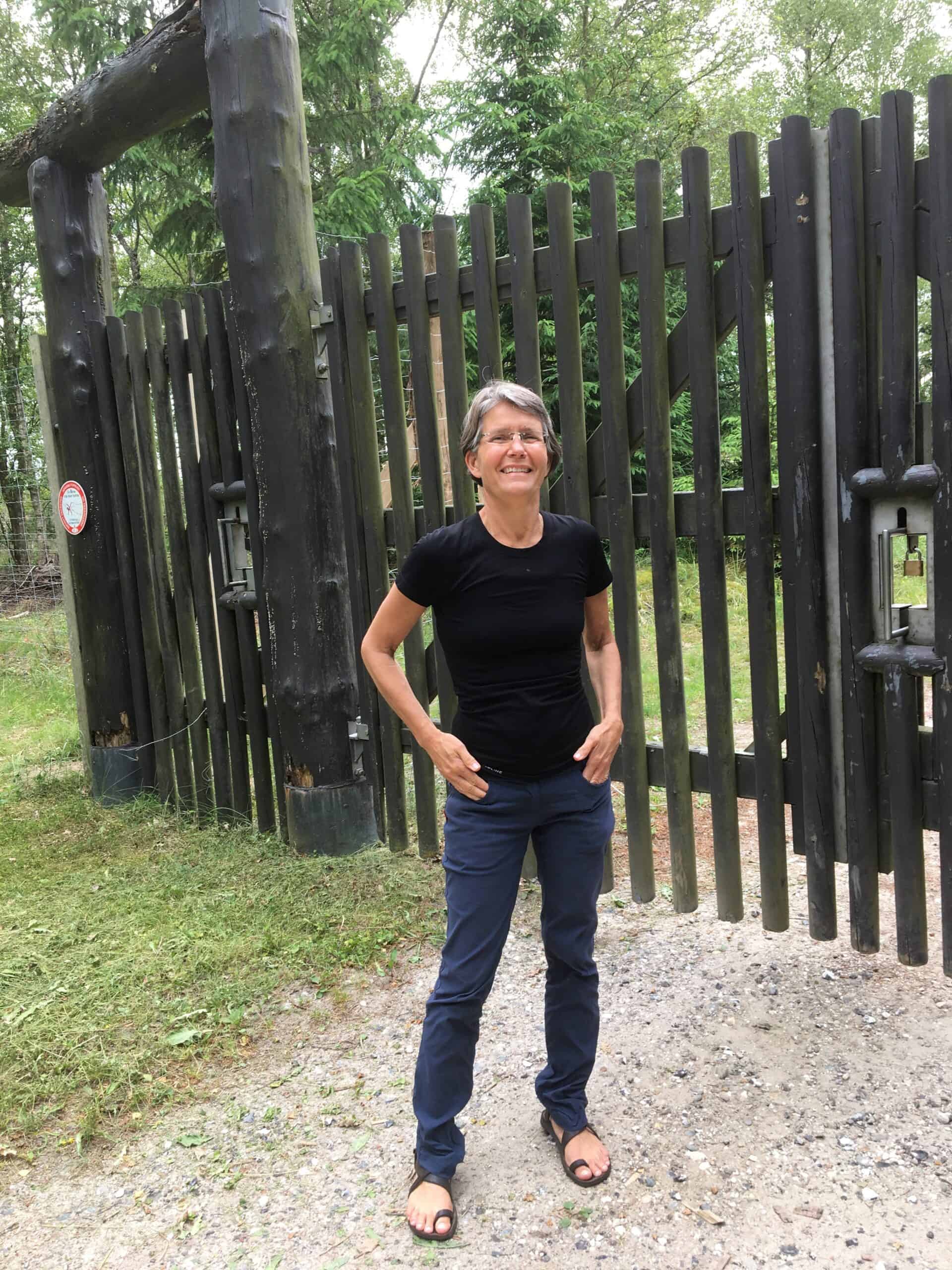
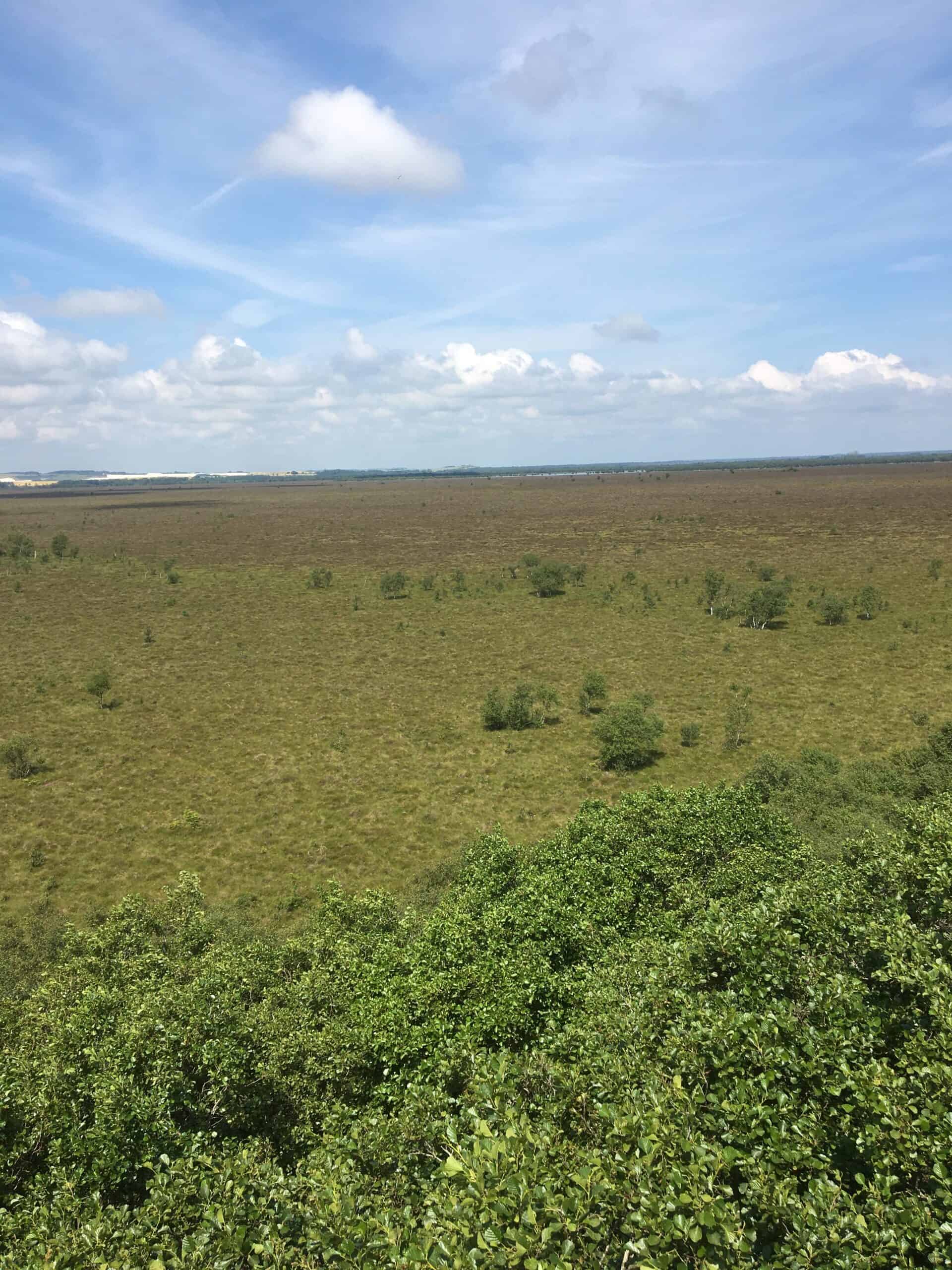
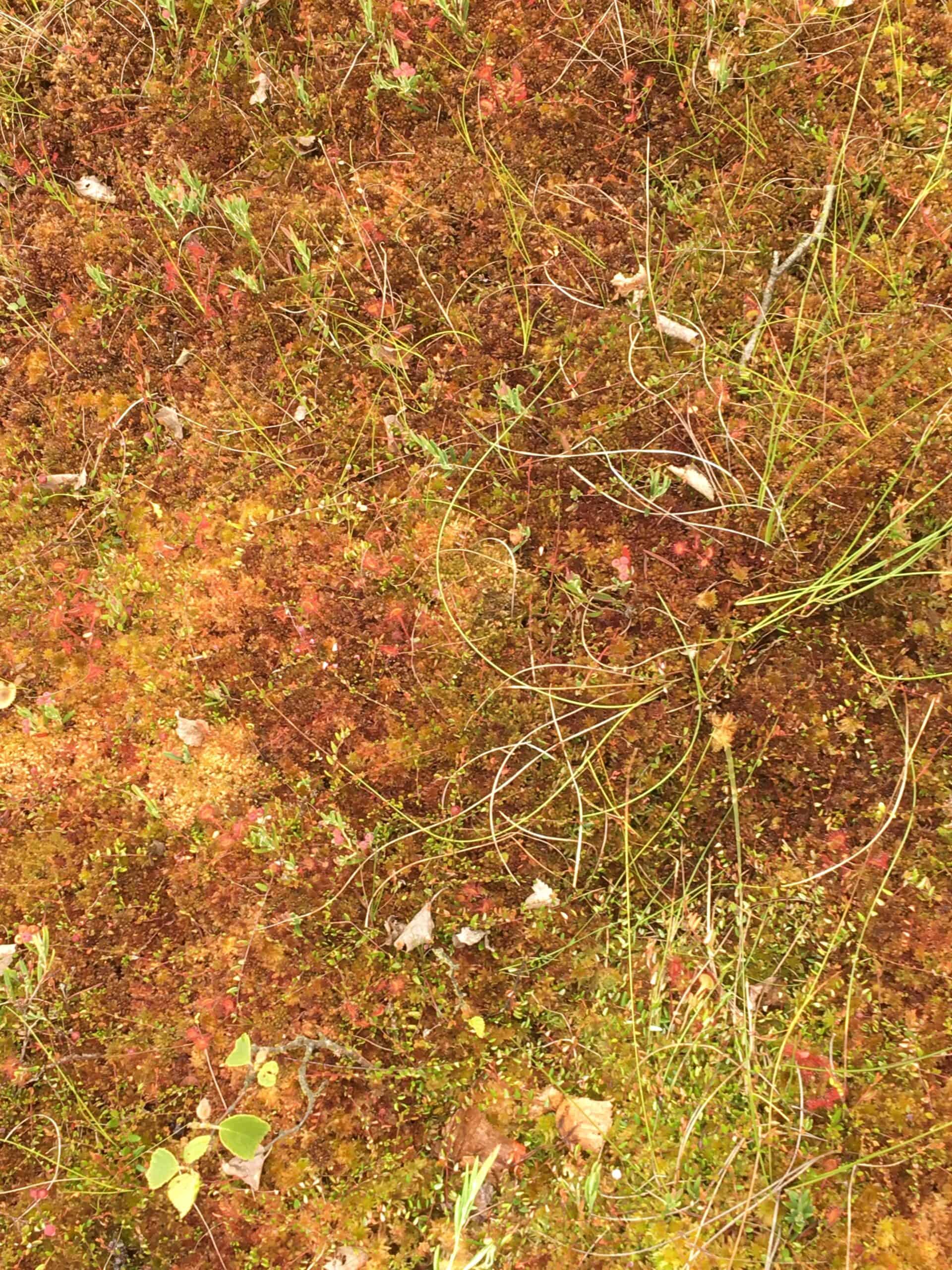
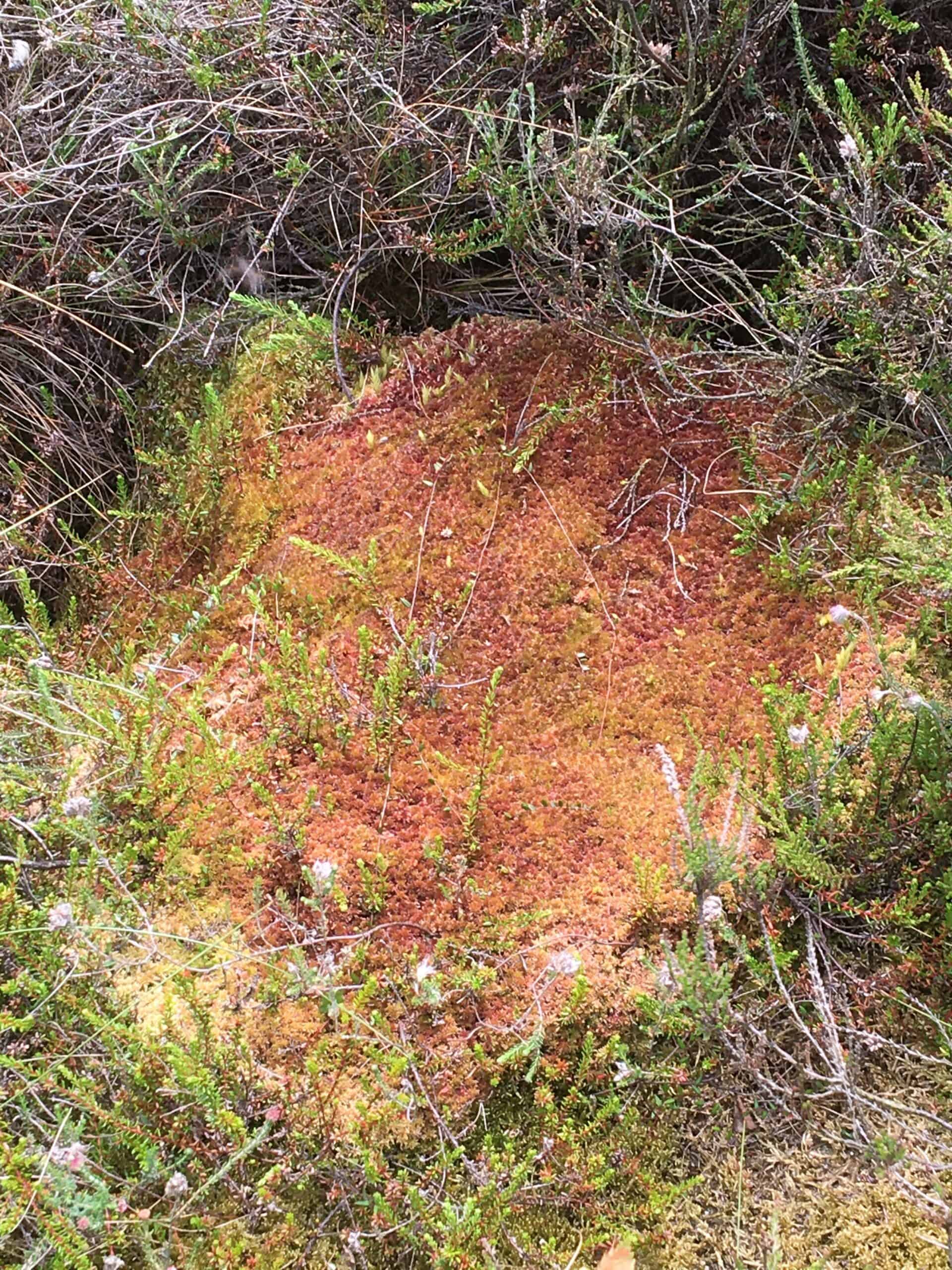
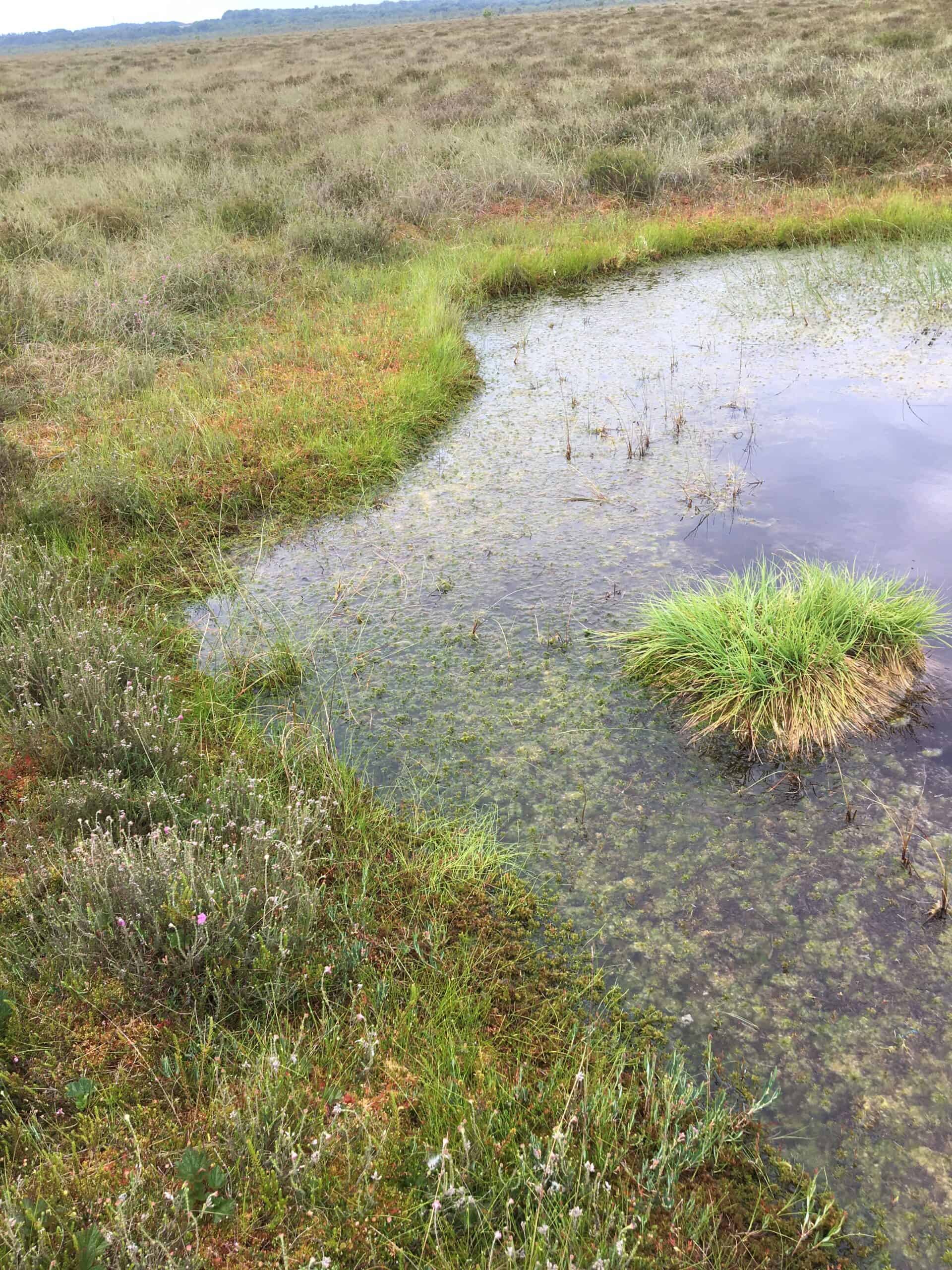
Hvem er CAMILA MARAMBIO ? http://www.arte-sur.org/curators/camila-marambio/